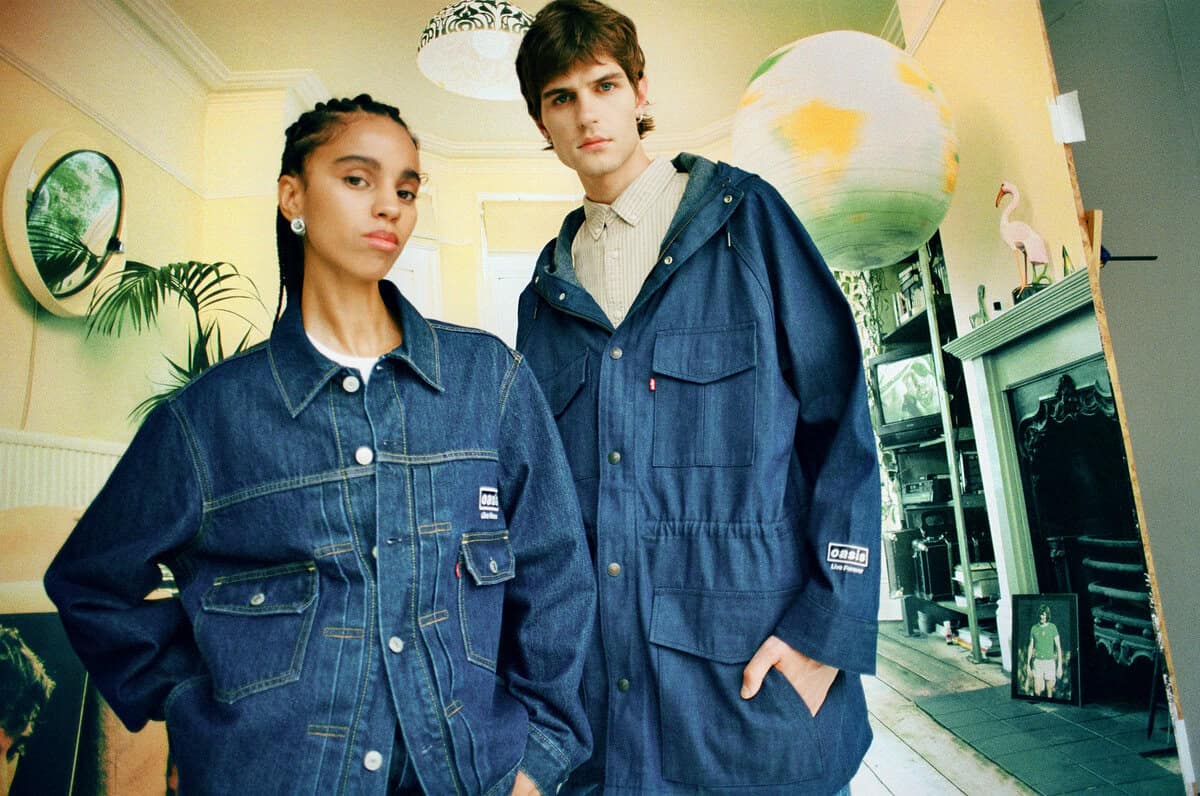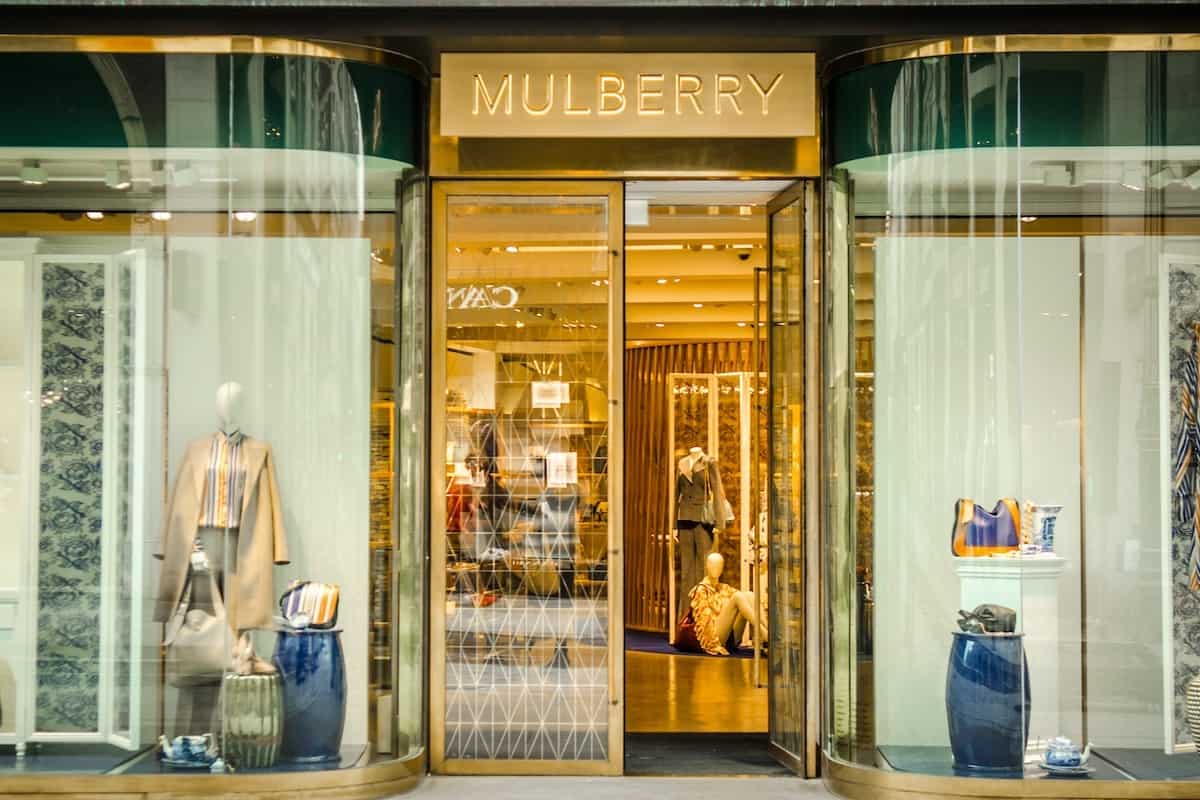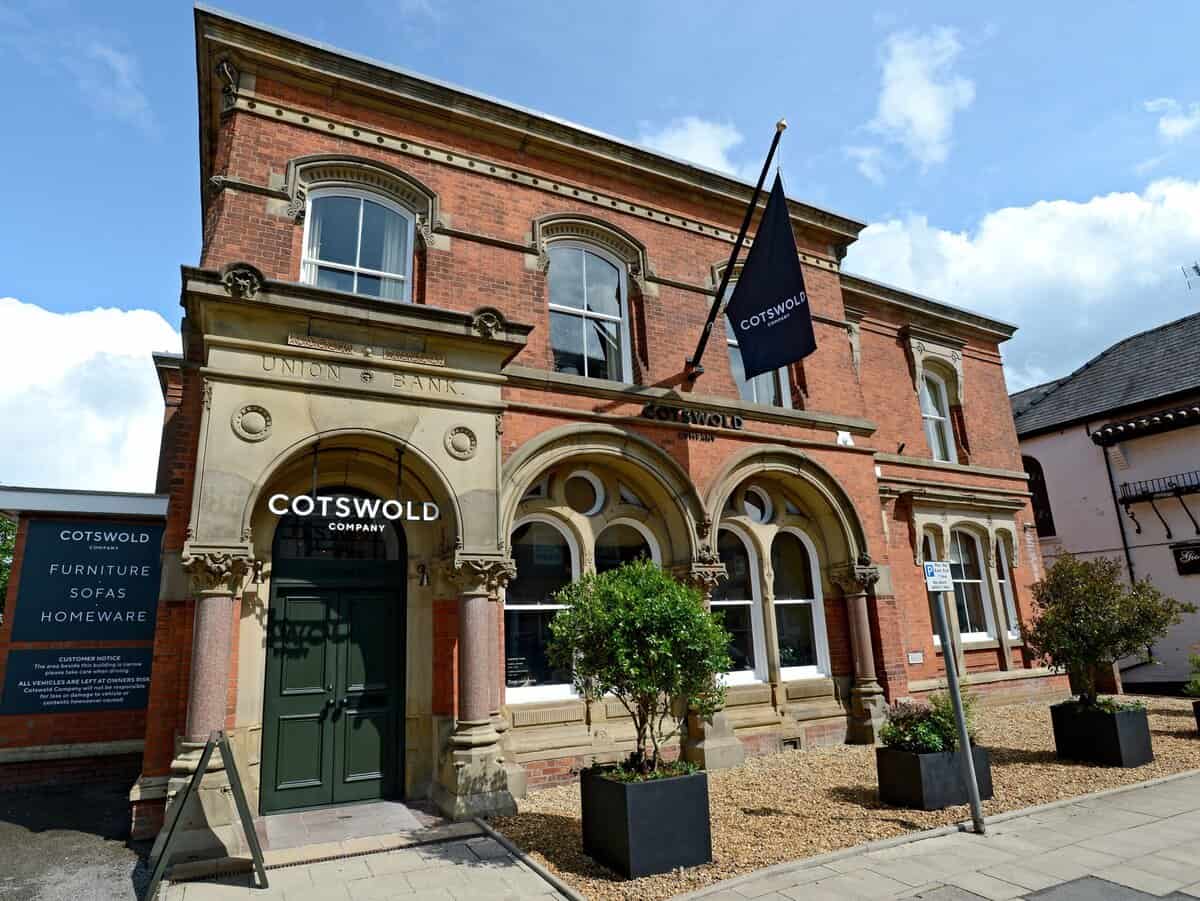Your brand may have a Twitter feed and a Facebook ‘like’ button, but can visitors to your retail site click to through to your Pinterest boards?
The social networking site that gives its users the chance to ‘pin’ objects that take their fancy to a virtual digital pinboard was launched in the US in March 2010, but only has recently been seen as an up-and-coming site that could be the same league as Facebook and Twitter, especially when it comes to referring traffic to retailers. The interest has grown since, in December 2011, the site was listed for the first time by Hitwise as one of the top ten social networking sites. That accolade reflected the 11m visits it received in the week ending December 17. According to Hitwise, that’s almost 40 times as many visitors as it received just six months earlier, in the week to June 18 2011.
As yet, its audience is dominated by visitors from the US, with the highest share of visits coming from California and Texas. In the 12 weeks to December 17, says Hitwise, 58% were female and 59% aged between 25 and 44. The competitive intelligence company says that the most likely group to visit are those in its Boomers and Boomerangs category. “This group of consumers is characterized as baby boomers and young adults who are heavy web users who spend time on house and garden, sports and fitness, and family-oriented websites,” says Hitwise. There’s also a strong overlap between Pinterest visitors and those who spend time on crafts websites.
Its users, then, are predominantly female and interested in subjects such as crafts, baking, fashion, interior design and weddings. They are using Pinterest to bring together and share the items, images and ideas they’ve found across the internet. Or, to put it another way, they’re using Pinterest as a place to collect all those products they found while browsing the internet, making it more likely they might buy in the future.
Search marketing agency Greenlight says the site is already showing the signs of becoming a major player in social shopping, allowing consumers to share the products that have interested them.
Charlie Elliott, Greenlight content and creative strategist who has co-authored the agency’s Introduction to Pinterest – a guide to how to use the site – says that Pinterest is a good place to catch the attention of ready-to-buy shoppers. “Users are often ‘buy hungry’ when they visit Pinterest,” said Arthur. “As such, it presents a very ‘ready’ opportunity for brands to sell products to users actively seeking them out.
“By joining Pinterest and sharing, brands can learn a huge amount from their followers as they are offering up a whole load of information into their personal interests. It is typically the sort of insight and intelligence a brand needs and would have to go to great lengths to get, in order to create and/or tailor its product offering to its target audiences’ taste.”
But retailers need to think through their approach to Pinterest, says Elliott. “Pinterest does not encourage product pushing. Therefore brands will need a different approach to the likes of Twitter and Facebook and will have to be creative in their output.”
According to reports, the site does not as yet have a fully evolved strategy to monetise its content (though it has run into controversy with its use of affiliate marketing) but some retailers are already evolving their approach to Pinterest. Asos, for example, has its own Pinterest boards where it pins key images from its collections. As these are repinned by users of the site, interest in the products is likely to spread through word of mouth. Finds posted on Pinterest can also be shared through Facebook and Twitter. As yet, Asos has relatively few followers on Pinterest, at just 306 at the time of writing, but this could grow quickly as knowledge of the site grows in the UK.
Craft marketplace Etsy, on the other hand, currently has 59,938 followers on the site, while Gap lies between the two with 2,786.
The site is also likely to grow in popularity, says Greenlight’s Elliott, with the recent addition of a Pinterest app to Facebook’s Open Graph.
Those yet to formulate an approach to Pinterest, however, may find they are already on the board. Searching for a variety of UK retail brands, from Marks & Spencer to John Lewis, brings up a range of images. Working out how to encourage shoppers to add them to the site will also be key to retailers’ strategies for it.
So do retailers need to know about Pinterest? It’s early days but this is a great way for retailers to showcase what they’re doing. Having a board, which spreads word of mouth as items are repined, helps retailers to find a place on what are, essentially, online wishlists. It seems highly likely that these online wishlists will encourage retail purchases not only by the person who put together the pinboard but also by those who view and repin them. It also seems likely that they will encourage purchases not just of the items pinned, but of the tools required to make homemade creations that are added – such as food.
Beautiful photography, both lifestyle oriented and clear product pictures, will be key to making a success of a presence on this design-led site, while material that lends itself to being grouped on a pinboard is also a must. Interior design, crafts, baking, and fashion all do that.
You can also








